Description
A Unique Fern from the Land Down Under
The Kangaroo Paw Fern (Microsorum diversifolium) is an exquisite and unique houseplant, originating from the lush rainforests of Australia and New Zealand. Its intriguing name comes from its paw-like leaves, making it a standout addition to any indoor plant collection. The Kangaroo Paw Fern, with its distinctive and varied foliage, offers a touch of exotic elegance. Unlike typical ferns, its leaves are glossy and dark green, resembling the paws of a kangaroo.
Caring for your Kangaroo Paw Fern
The plant’s adaptability to indoor environments and its relatively easy care make it a popular choice for both novice and experienced plant enthusiasts. Additionally, it’s known for its air-purifying qualities, making it a healthy addition to your living space.
Light
Kangaroo Paw Ferns thrive in medium to low indirect light. They are particularly sensitive to direct sunlight, which can scorch their leaves. The ideal location would be a spot that receives filtered light, such as near a north or east-facing window. If you only have spaces that receive strong light, consider using a sheer curtain to diffuse the intensity. In darker spaces, artificial grow lights can supplement the lack of natural sunlight. It’s important to rotate your fern periodically to ensure even growth on all sides. Keep the fern in a temperature range of 60-75°F (15-24°C). Avoid placing it near drafts, air conditioners, or heat sources, as sudden temperature fluctuations can stress the plant.
Water
Watering is crucial in the care of Kangaroo Paw Ferns. They prefer consistently moist soil, but it’s vital to avoid waterlogging. The best practice is to water when the top inch of the soil feels dry to the touch. Use lukewarm water and ensure it’s evenly distributed across the soil. During the winter months, reduce the frequency of watering as the plant’s growth slows down. Overwatering or allowing the fern to sit in water can lead to root rot, so ensure your pot has good drainage.
These ferns enjoy high humidity, similar to their native rainforest habitat. If your home is dry, especially during winter, consider using a humidifier or placing the plant on a water-filled pebble tray to increase humidity. Misting the leaves can also help, but don’t overdo it as it may encourage fungal diseases.
Soil
Kangaroo Paw Ferns require well-draining soil to prevent water accumulation around the roots. A mixture of potting soil, peat, and perlite works well to ensure adequate drainage and aeration. Repot the fern every 2-3 years or when you notice it becoming root-bound. Choose a pot that is slightly larger than the current one, with sufficient drainage holes. Repotting is best done in the spring, which allows the plant to recover and grow vigorously during its active growing season.
Fertilizing
Feed your Kangaroo Paw Fern with a balanced, water-soluble fertilizer diluted to half the recommended strength, once a month during the growing season (spring and summer). Avoid fertilizing in the fall and winter when the plant’s growth naturally slows down. Over-fertilizing can damage the roots and foliage, so it’s important to adhere to a light feeding schedule. If the leaves start to yellow or the growth seems stunted, this can be a sign of nutrient deficiency, and you may need to adjust your fertilizing routine.
Pruning and Maintenance
Regular pruning helps maintain the shape of your Kangaroo Paw Fern and encourages healthy growth. Remove any dead or damaged fronds at their base using clean, sharp scissors or pruning shears. This not only improves the appearance of your plant but also prevents potential pest and disease issues. Clean the leaves gently with a damp cloth to remove dust, which can clog the pores of the plant and hinder its ability to photosynthesize efficiently. Check periodically for pests like aphids, spider mites, and mealybugs, treating them promptly with insecticidal soap or neem oil if necessary.
Common Problems and Issues
Kangaroo Paw Ferns are generally hardy, but they can encounter a few problems. Overwatering can lead to root rot, indicated by yellowing leaves and a mushy base. If this occurs, reduce watering and improve drainage. Underwatering, on the other hand, results in dry, crispy leaves. Increase watering frequency and consider the use of a pebble tray for added humidity. Pests can be a nuisance, so keep an eye out for signs of infestation and treat promptly. Lastly, if the leaves lose their vibrant green color, this could be a sign

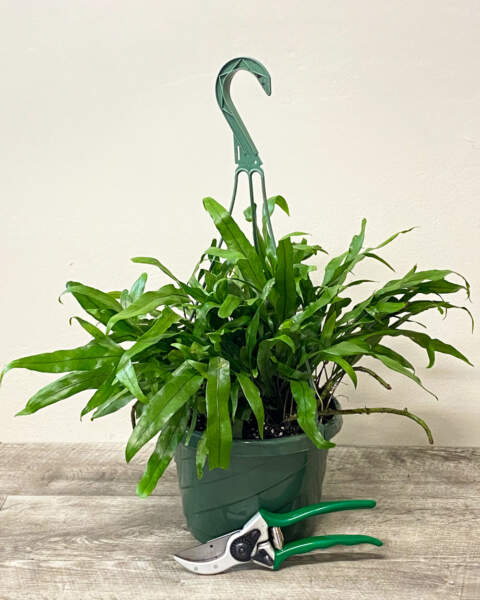
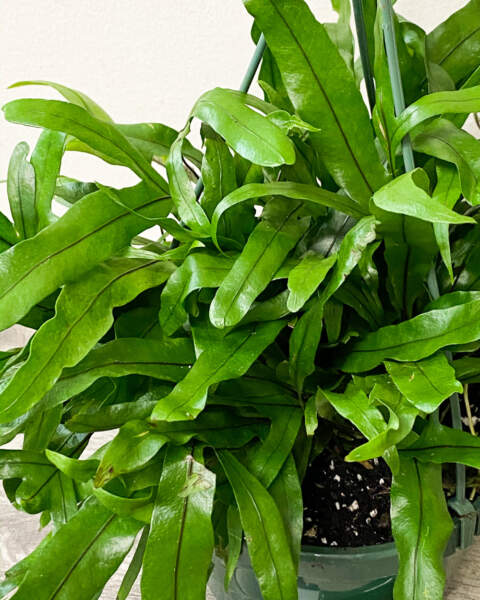
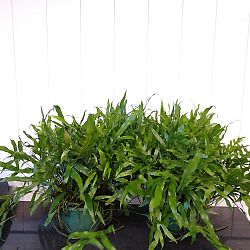
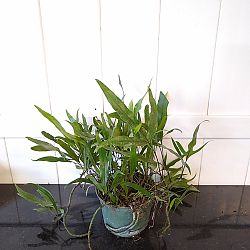
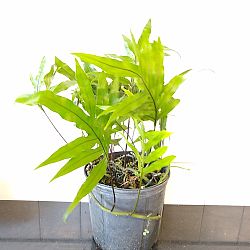
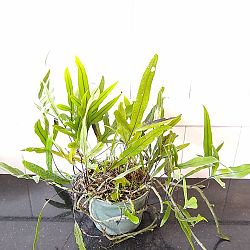
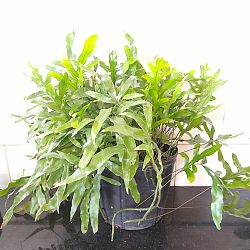
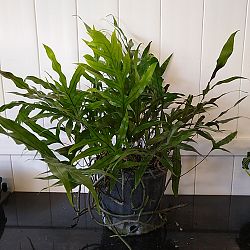
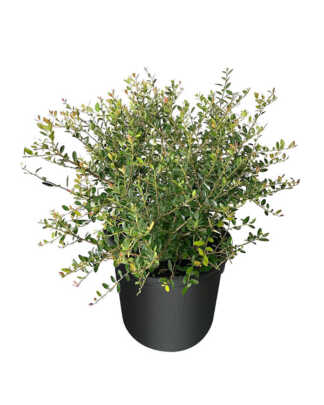
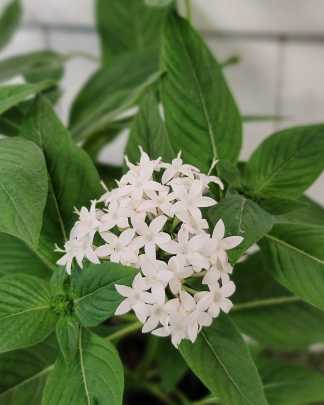
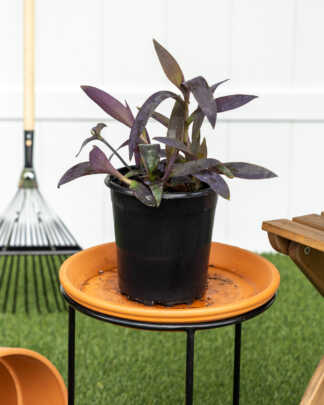
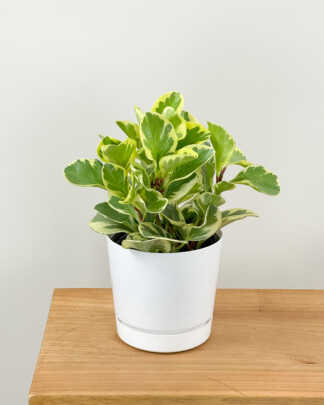
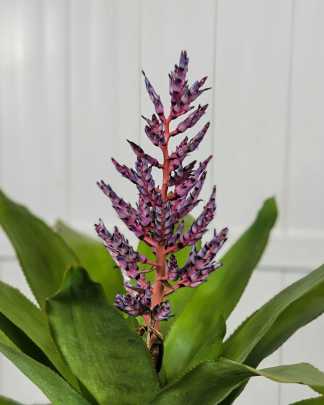


Reviews
There are no reviews yet.